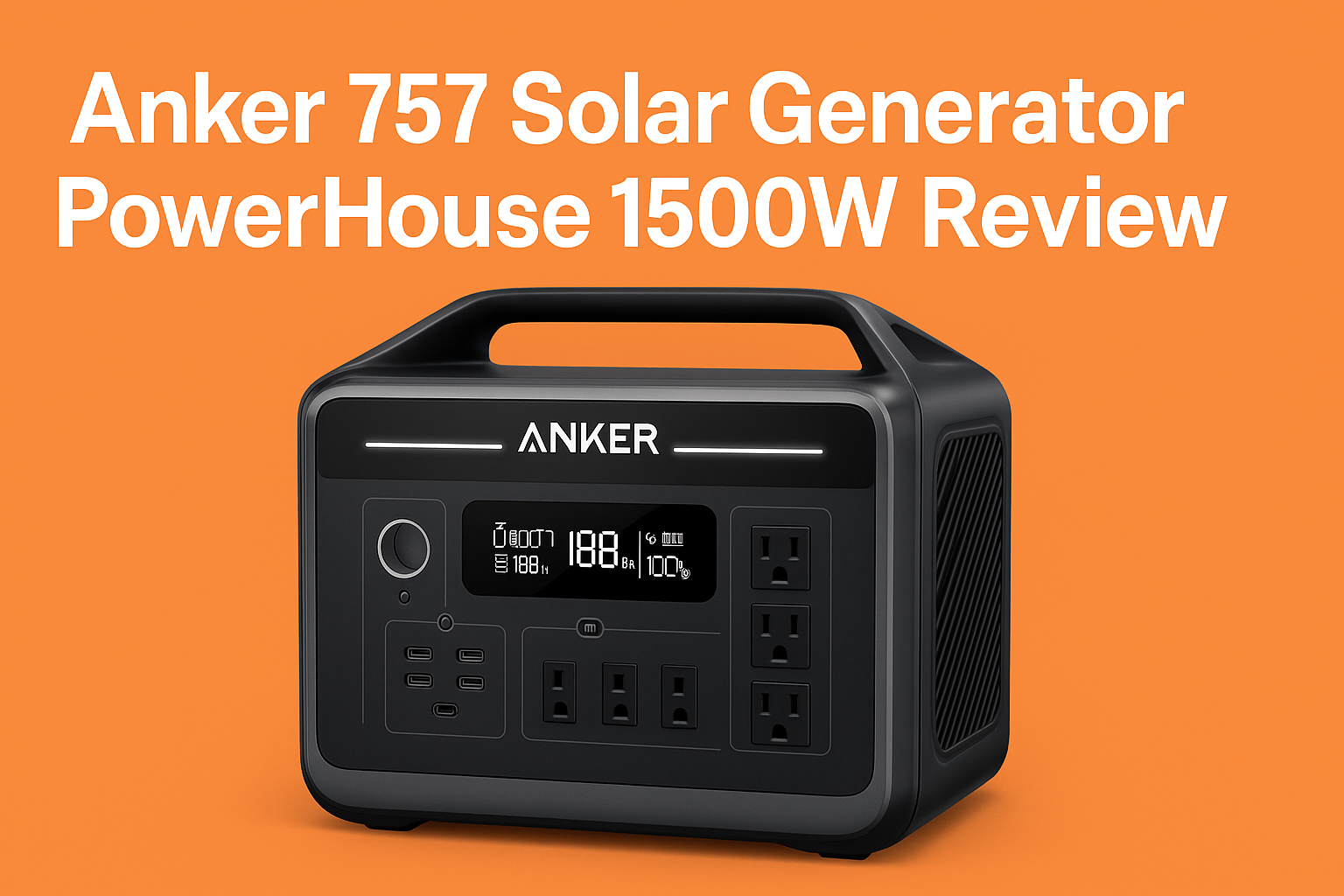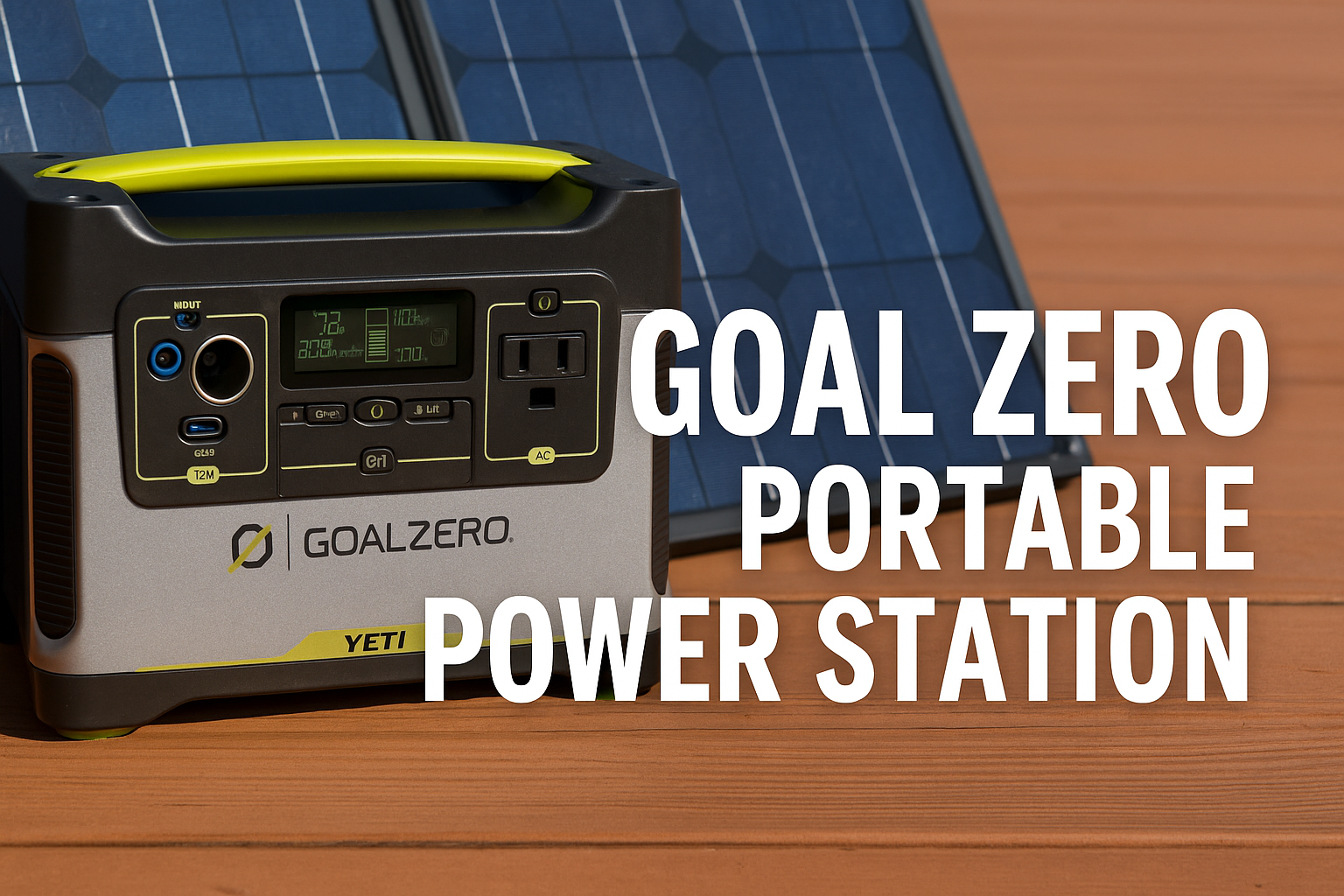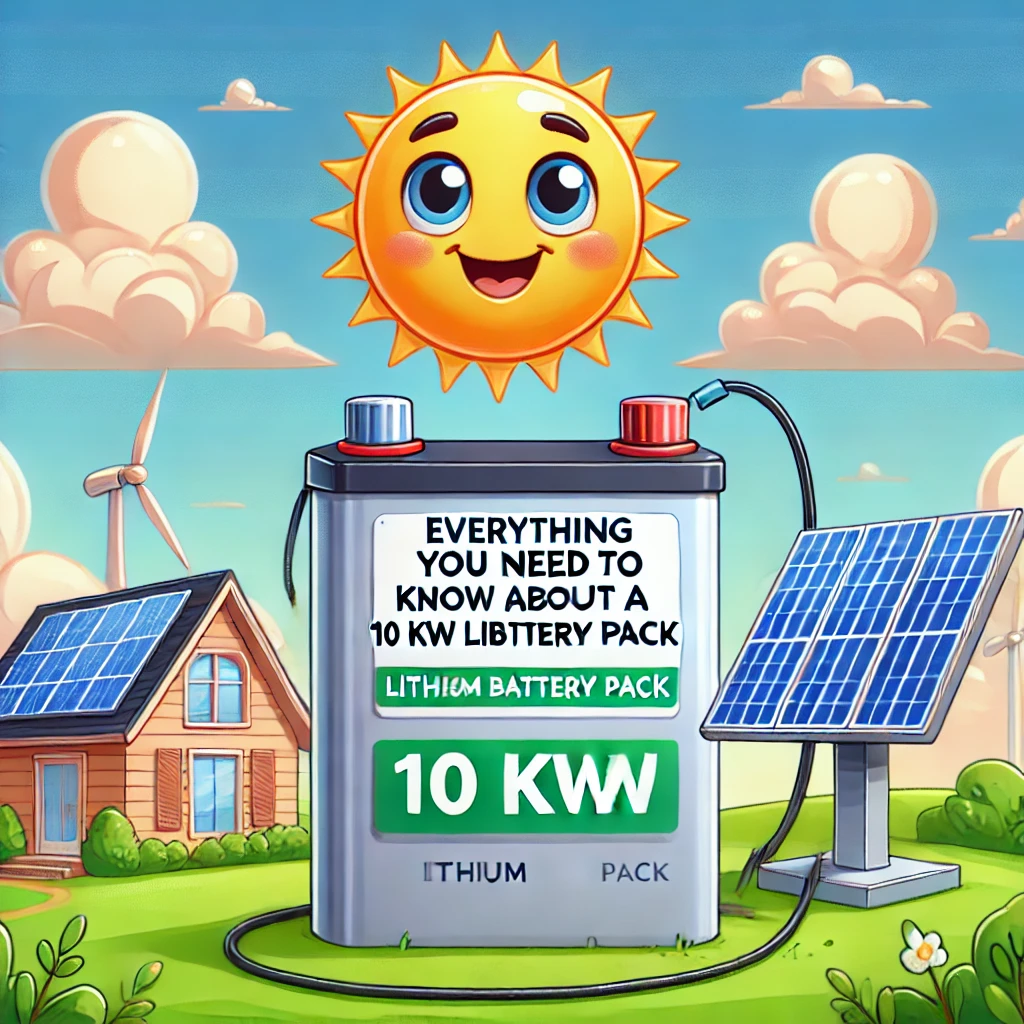As the demand for reliable and renewable energy solutions grows, solar generators have emerged as a game-changing alternative to gas-powered generators. Among the market leaders, the Anker 757 Solar Generator (PowerHouse 1500W) stands out as a robust, thoughtfully designed, and high-performing unit. In this comprehensive review, we take a closer look at what makes the Anker 757 a top choice for campers, RVers, off-grid homeowners, and emergency preparedness.
Quick Overview: Anker 757 Solar Generator
- Model Name: Anker 757 PowerHouse (SOLIX F1200)
- Battery Capacity: 1229Wh
- Continuous Output: 1500W
- Surge Output: 2400W
- Battery Type: LiFePO4 (LFP)
- Recharge Time (AC): 80% in 1 hour
- Recharge Time (Solar): 80% in 3.6 hours (with 300W solar input)
- Weight: 43.9 lbs
- Warranty: 5 years full-device
Build Quality and Design
The first impression of the Anker 757 is its exceptional build quality. It features an aluminum alloy frame with reinforced corners, built for durability. The controls and ports are logically arranged on the front, while robust carry handles on both sides aid in portability.
A unique feature is the integrated RGB LED light bar, which offers ambient lighting for campsites or emergency use. Its rugged aesthetic is matched by its internal build quality, which includes impact-resistant components and smart thermal control that checks temperature 100 times per second.
While the 43.9 lbs weight makes it a bit hefty, the absence of wheels may be a downside for some. That said, it is compact enough to fit into car trunks, RVs, or tight storage spots.
Battery Technology: Why LiFePO4 Matters
The Anker 757 uses LiFePO4 batteries, which provide several advantages over traditional lithium-ion cells:
- Longer lifespan: Up to 3,000 cycles with 80% capacity retention
- Enhanced safety: Lower risk of overheating and combustion
- Stable performance: Better performance in high-load scenarios
With InfiniPower™ technology, Anker combines LFP batteries with ultra-durable components and a sophisticated temperature control system. The result is a product designed for over 10 years of regular use.
Power Output and Port Configuration
The 757 offers 13 ports to cover almost every power need:
AC Outputs (6 Total)
- 3 x Polarized 120V outlets
- 3 x Grounded 120V outlets
- Pure sine wave output ensures compatibility with sensitive electronics (e.g., CPAPs, fridges, medical devices)
DC and USB Outputs
- 2 x USB-C (up to 100W)
- 4 x USB-A (12W each)
- 1 x 12V Carport (120W max)
Whether you’re charging phones, drones, laptops, or running mini-fridges, TVs, and power tools, the 757 delivers. The 2400W surge capability also helps accommodate startup surges in high-demand devices like microwaves and power tools.
Real-World Performance Testing
According to field testing by industry expert Clint DeBoer, the Anker 757 lives up to its specs:
- Shop vac (1200W) ran for 54 minutes
- CPAP (40W) expected runtime: 24.5 hours
- Mini fridge (45W): 22 hours
- Corded power tools (1200W – 1500W): 36 to 48 minutes depending on draw
- 15A reciprocating saw (~1800W): 3-4 cuts before thermal protection kicks in
This makes the 757 ideal for moderate-load tools and extended use in RVs, outdoor setups, or as an emergency backup.
Charging Speeds: HyperFlash Technology
Anker’s proprietary HyperFlash technology enables ultra-fast charging:
- AC Wall Charging: 80% in 1 hour, full charge in 1.5 hours
- Solar Charging: 80% in 3.6 hours with 300W input (sold separately)
This is far superior to older-generation models that take 5-6 hours for comparable charges.
The only drawback is the inaccurate charge display during charging. It might show low percentages until it suddenly jumps to full. Still, performance-wise, it charges as fast as advertised.
Off-Grid Capabilities
With support for up to 300W of solar input, the Anker 757 is perfect for off-grid setups. Pair it with three 100W solar panels for full daytime recharging, making it suitable for:
- Remote cabins
- RVs and vans
- Glamping setups
- Disaster response
Its pure sine wave output and long life cycle make it a strong candidate for UPS (Uninterruptible Power Supply) roles as well.
Noise and Heat Management
Unlike gas generators, the 757 runs silent, which is critical in campsites, quiet zones, or during nighttime use. The internal cooling system efficiently regulates heat via large heatsinks and sensors. Thermal shutdowns are rare, even under high loads.
Safety Features
The Anker 757 comes with a robust safety suite:
- Over-voltage and under-voltage protection
- Overload and short circuit protection
- Smart temperature monitoring
- Pure sine wave AC output
This makes it safe for critical medical devices, laptops, and communication gear.
Warranty and Support
The 5-year full-device warranty outshines the typical 2-year standard in the industry. Additionally, Anker’s customer support is known for being responsive and helpful, whether you buy from their website or from retailers like Amazon.
The electronics inside are rated for 50,000 hours of use, adding peace of mind for long-term reliability.
Downsides and Considerations
While impressive, the Anker 757 isn’t without drawbacks:
- Heavy (43.9 lbs) with no wheels
- Solar panels not included
- Inaccurate real-time battery display
- Expensive upfront ($1,299 – $1,399 for the unit alone)
However, considering its longevity, capabilities, and performance, the price is justified for many users.
Use Cases and Ideal Users
Here are some scenarios where the Anker 757 truly shines:
Outdoor Enthusiasts
Campers and RV travelers will benefit from its portability, quiet operation, and multi-device output. Recharge phones, cameras, drones, and even cook with electric appliances.
Emergency Preparedness
Homeowners can use the 757 as a backup power solution during outages. It can keep fridges, modems, and medical devices operational.
Jobsite Professionals
Light-duty tools can be powered efficiently, although heavy-duty, sustained use may trigger thermal protection.
Digital Nomads
Work from anywhere by powering laptops, monitors, Wi-Fi routers, and LED lights without grid reliance.
Comparisons with Similar Models
Anker 555 vs. 757
- 555 offers 1024Wh capacity vs. 1229Wh in 757
- Fewer ports and lower power output
Jackery Explorer 1000 Pro
- Similar capacity (1002Wh)
- Less powerful surge output (2000W vs. 2400W)
- Faster recharge in Anker
EcoFlow Delta 1300
- Slightly higher capacity (1260Wh)
- 1800W output vs. 1500W in Anker
- Faster app support, but less warranty coverage (2 years)
Final Verdict: Is the Anker 757 Worth It?
Yes—for users who prioritize durability, fast recharge, and broad device compatibility, the Anker 757 Solar Generator delivers exceptional value.
Its high power output, versatile port layout, and long battery life make it suitable for a wide range of use cases. While heavy and somewhat pricey, it outperforms many competitors in reliability and warranty.
Whether you’re prepping for the unexpected, camping under the stars, or simply seeking energy independence, the Anker 757 is a top-tier solar generator that won’t let you down.




